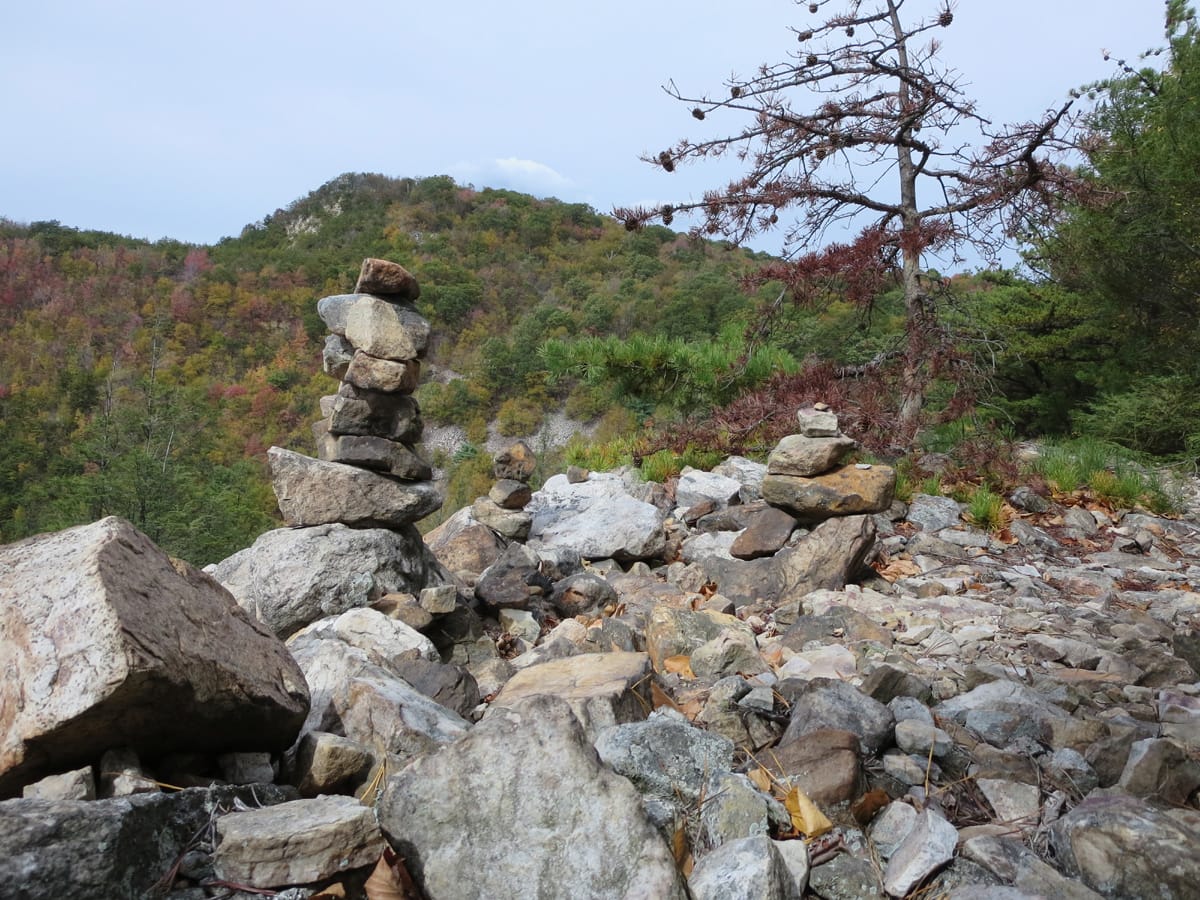The New Ten Essentials

Ten Essentials New and Old
So you’re heading out to the backcountry, trying for that summit, hitting the trails for a few days, or all of the above. Here comes the question … You brought the ten essentials, right? Come on now, you brought the ten essentials, right! Yeah, yeah, yeah, we know. No, seriously, you need to bring the ten essentials! Seriously, we know.
Or do we. Can you name them? Extra bonus points if you can.
Regardless of who list the ten essentials or not, here in 2014 the real question is: Do we need a “new” ten essentials list or is the “old” ten essentials list still good enough?
Classic Ten Essentials
Older versions of everyone’s favorite classic mountaineering text Mountaineering: The Freedom of the Hills list what are now referred to as the “classic” ten essentials. This well-known list has stood the test of time.
Classic Ten Essentials
- Map
- Compass
- Sun protection
- Extra food
- Extra water
- Extra clothes
- Headlamp / flashlight
- First aid kit
- Fire starter
- Knife
“Sun protection” generally refers to sunglasses and sunscreen, while “fire starter” generally refers to matches, or other chemical fire aids.
New Ten Essentials (or Ten Essentials Systems)
The Mountaineers are credited with creating that original “classic” ten essentials list in the 1930’s. More than seven decades later, in 2003, The Mountaineers updated the list to reflect changes in modern gear. Currently, this “systems” ten essentials list is recommended for those spending time outdoors.
Ten Essentials Systems
- Navigation (map and compass)
- Sun protection (sunglasses and sunscreen)
- Insulation (extra clothing)
- Illumination (headlamp/flashlight)
- First-aid supplies
- Fire (waterproof matches/lighter/candles)
- Repair kit and tools
- Nutrition (extra food)
- Hydration (extra water)
- Emergency shelter (tarp, bivy, lightweight emergency blanket)
Extra food, extra water, extra clothes, and headlamp/flashlight were all renamed as systems: nutrition, hydration, insulation and illumination, respectively. Map and compass are now included in one “navigation” system, while knife if no longer it’s own list item (could be part of repair kit and tools). Emergency shelter is the newest member of the list, referring to items like a bivy, tarp or one of those ultralight emergency space blankets.
Additionally, the updated systems approach recommends a handful of supplements to go along with the ten items above.
Supplementing the ten essentials
- Water purification and containers
- Insect repellent
- Signaling or communication devices
- Ice axe
Examples of communication devices are cell phones and satellite phones, while examples of signaling devices are flares, mirror and whistles. The ice axe is obviously only necessary when traveling on glaciers or climbing on snow/ice.
New, old, middle-aged, somewhere in between?
Really, who are we to argue with The Mountaineers? I’m certainly not about to do that here.
The bottom line is this: whether you adhere to a classic ten essentials philosophy or an updated systems ten essentials philosophy, one thing is of utmost importance: that you adhere to some kind of ten essentials philosophy.
Don’t go for the summit without them.